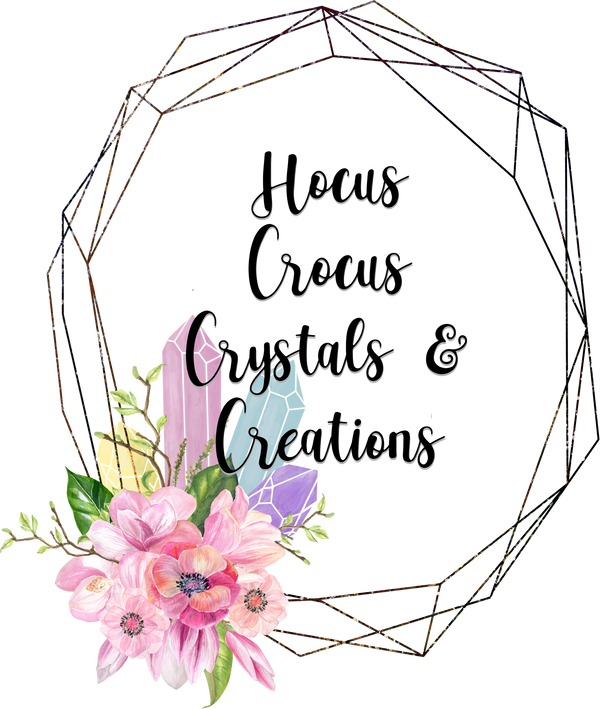Collection: Dream catchers & sun catchers
The dream catcher is one of the most enduring and widespread symbols associated with Native American culture. It’s commonly believed that the iconic hoop-and-web form is meant to protect sleepers from bad dreams by “catching” them, while letting good dreams pass through, hence the name.
However, the real story behind dream catchers is a little more complex. While some see it as a symbol of unity among tribes, others feel the dream catcher has become misappropriated and over-commercialized. Despite this polarization, the origins of the dream catcher and the beliefs surrounding it remain a fascinating part of American history.
In some Native American and First Nations cultures, a dreamcatcher is a handmade willow hoop, on which is woven a net or web. It may also be decorated with sacred items such as certain feathers or beads. Traditionally, dreamcatchers are hung over a cradle or bed as protection. It originates in Anishinaabe culture as "the spider web charm" which is a hoop with woven string or sinew meant to replicate a spider's web, used as a protective charm for infants.




